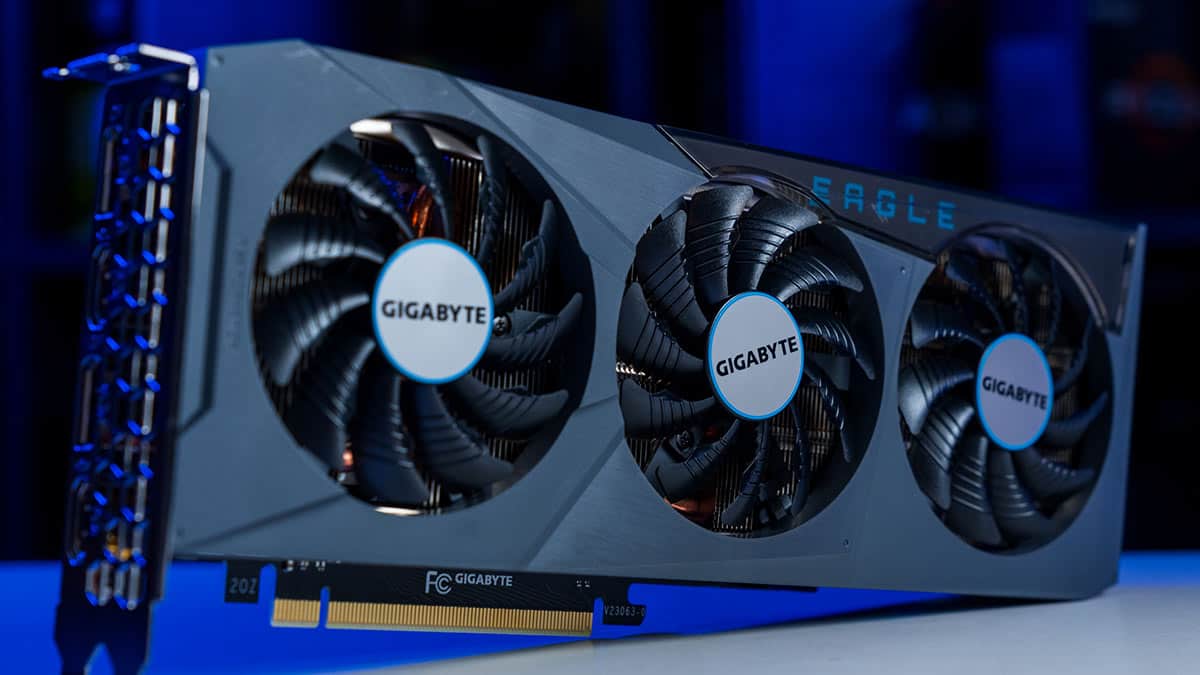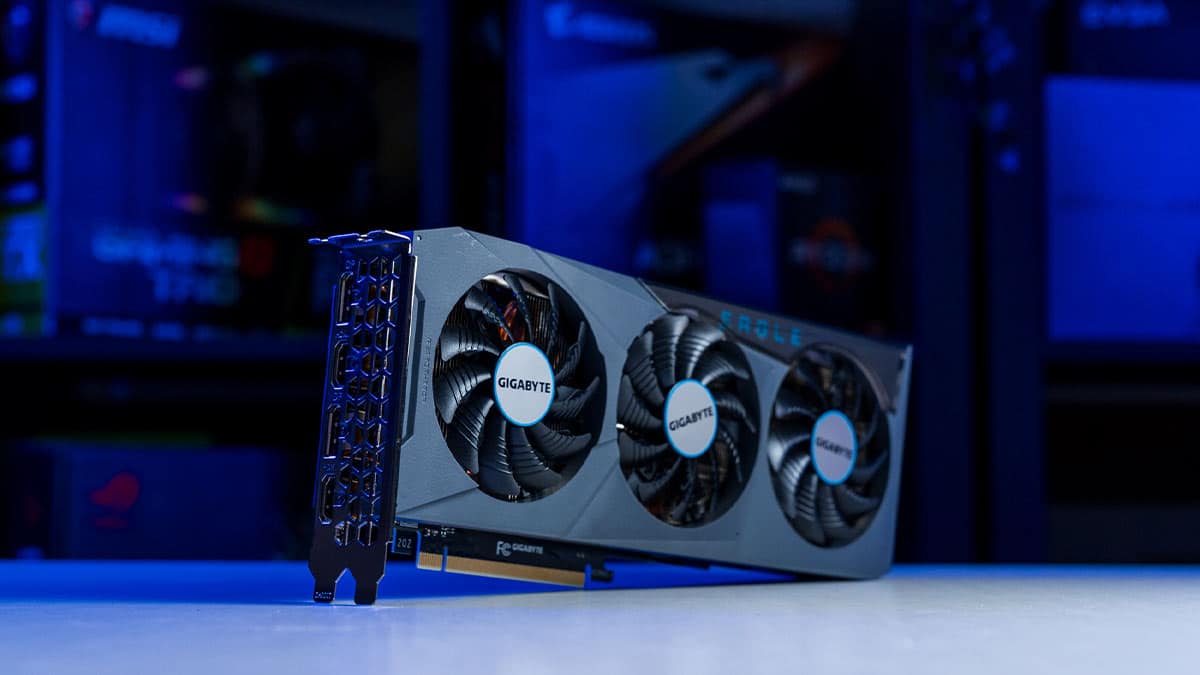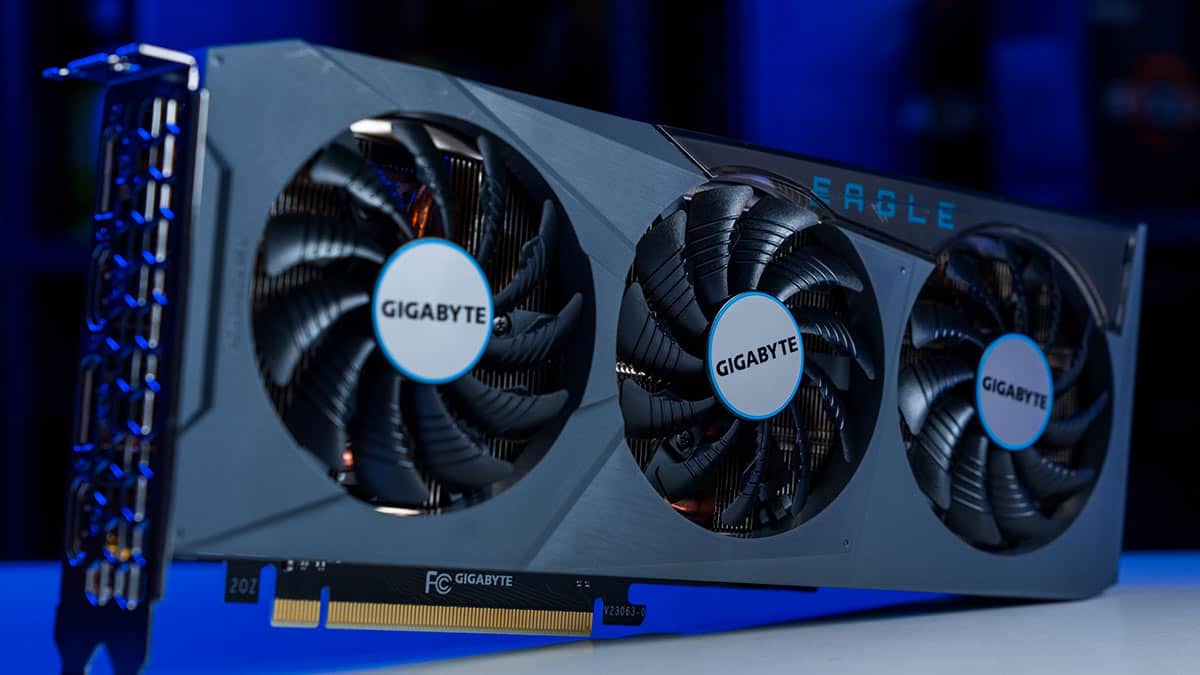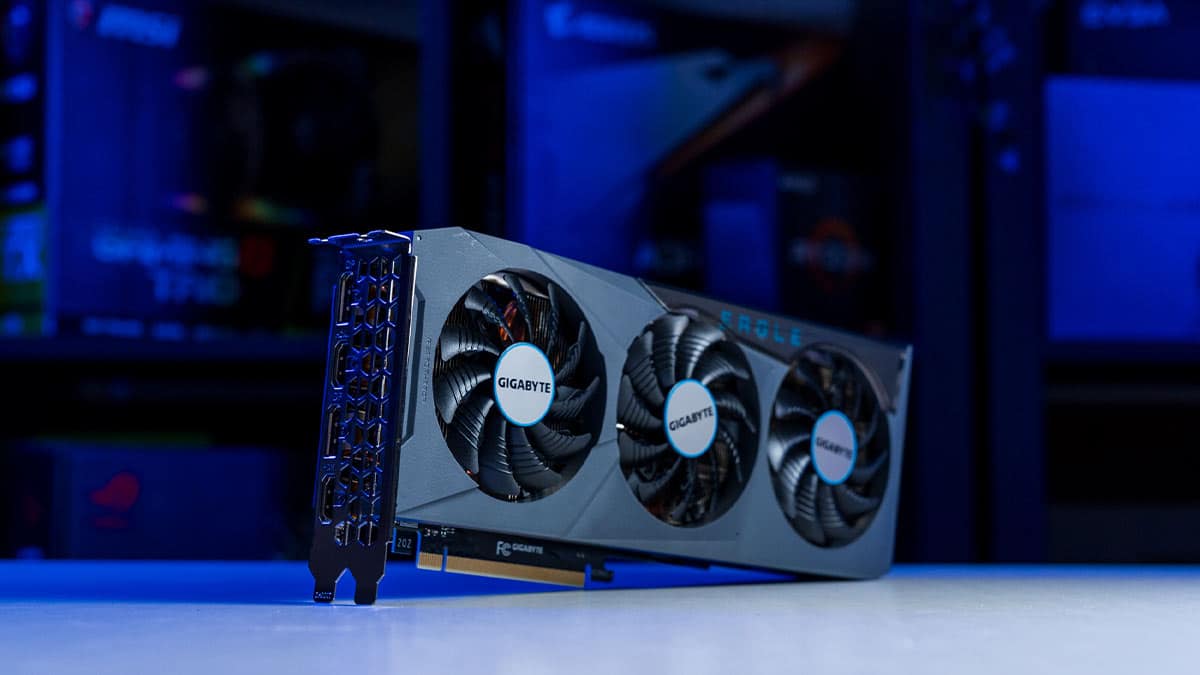RTX 4070 review (2024) – how does it stack up in the Super era?
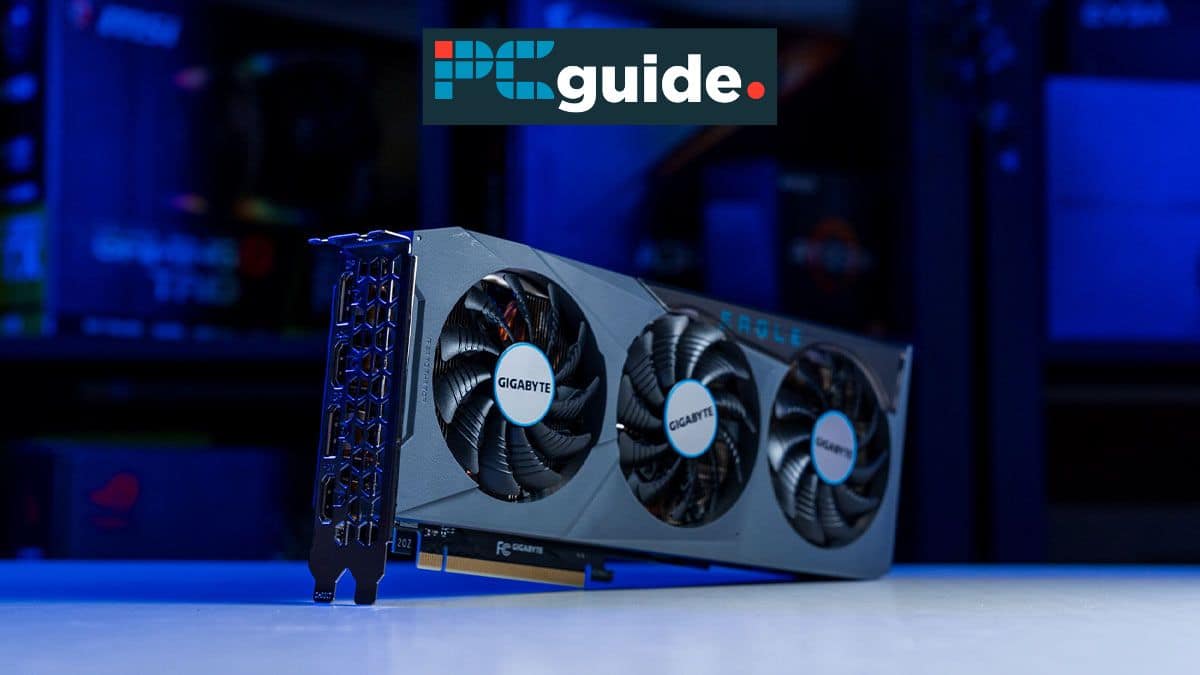
Table of Contents
Graphics cards are a hot topic right now, particularly with the RTX 40 Super series, so where does this leave other options? In this RTX 4070 review we look at one of them. Sat in the middle of the Ada generation, the RTX 4070 attempts to be the perfect balance of performance and power – offering a good deal of value for users. But does it?
Released in April 2023, the RTX 4070 was released in April 2023, the card wasn’t the first or second 40-series to arrive following the RTX 4090 and RTX 4080 launches of 2022. Nvidia waited, likely to ensure demand post-30-series-fervor in the light of crypto-mining and global pandemic-driven GPU shortages. And that seems to have made sense; after all, we rate the RTX 4070 as one of the best graphics cards available and it offers cool features too.
Prime Day is finally here! Find all the biggest tech and PC deals below.
- Sapphire 11348-03-20G Pulse AMD Radeon™ RX 9070 XT Was $779 Now $739
- AMD Ryzen 7 7800X3D 8-Core, 16-Thread Desktop Processor Was $449 Now $341
- ASUS RTX™ 5060 OC Edition Graphics Card Was $379 Now $339
- LG 77-Inch Class OLED evo AI 4K C5 Series Smart TV Was $3,696 Now $2,796
- Intel® Core™ i7-14700K New Gaming Desktop Was $320.99 Now $274
- Lexar 2TB NM1090 w/HeatSink SSD PCIe Gen5x4 NVMe M.2 Was $281.97 Now $214.98
- Apple Watch Series 10 GPS + Cellular 42mm case Smartwatch Was $499.99 Now $379.99
- ASUS ROG Strix G16 (2025) 16" FHD, RTX 5060 gaming laptop Was $1,499.99 Now $1,274.99
- Apple iPad mini (A17 Pro): Apple Intelligence Was $499.99 Now $379.99
*Prices and savings subject to change. Click through to get the current prices.
Yes it has better efficiency and performance when compared to the 30-series – to be expected. But even the likes of AI creeping in with DLSS 3 improves value – for example, it makes upscaling seamless. But there’s more to it. Our RTX 4070 review will see what the card offers in general, in the shadow of the RTX 4070 Super, and what the Gigabyte solution is like overall.

- GPU: AD104
- CUDA cores: 5,888
- VRAM: 12GB GDDR6X
- Bandwidth: 504.2 GB/s
- Memory bus width: 192-bit
- Base clock speed: 1920 MHz
- Boost clock speed: 2505 MHz
- Powerful but slim and compact
- Simple, cool-efficient design
- Single 8-pin power connector
- Good performance
- RTX 4070 still more expensive than last-gen
- RTX 4070 lacks true 4K performance
RTX 4070 Review – design
Gigabyte’s RTX 4070 Eagle OC card is what we’re looking at, and opts for a fairly straightforward and sleek design. Of course, the RTX 4070 has a TGP of ‘just’ 200W, so it doesn’t need extreme cooling solutions fitted to it – like the RTX 4090, which is pretty much dominated by a 450W spec needing extra consideration.
Gigabyte’s Windforce system is well-established and handles the performance of the card, so thermals aren’t adversely affected. Featuring a direct contact design of four heat pipes, heat is effectively moved to the heatsinks and dealt with in good time, dissipating heat more effectively.
There’s a metal plate on the back, with a cut-out for flow-through, which means any generated heat can radiate and flow with less issue, adding to the cooling capabilities. Meanwhile, the side of the card is mostly….well, heatsink without any impedance for heat removal. In respect of the fans on the card, the RTX 4070 Eagle makes use of three 80mm alternate spinning fans. This not only means reduced turbulence but also that cool and ‘cleaner’ air can be pulled through to keep temperatures lower.
For the IO on this card, you get a standard setup – 3x DisplayPort 1.4, 1x HDMI 2.1a port for a range of connectivity to your displays. For more overarching design considerations, that ‘slim’ choice from Gigabyte keeps things titdy, though the card is on the longer side. Still, keeping it down to just two slots means the Eagle RTX 4070 is good for smaller systems. And although a few cuts and some limited RGB options are in play, it keeps things clean while getting the job done – RGB fans, this may not be for you.
RTX 4070 review – performance
Our test setup consisted of the following:
- Ryzen 9 7950X CPU
- ROG X670E Hero motherboard
- Phanteks 1000W PSU
- Corsair Dominator Titanium 64GB 6600
- ROG Ryujin II 360 AIO CPU cooler
Is the RTX 4070 the right card for you? Let’s dive into the performance to see what matters perhaps most: performance. The RTX 4070 sort of sits in the middle of the lineup, albeit pushed down thanks to the RTX 4070 Super (which isn’t replacing it, unlike for the 4070 Ti and 4080). You can expect a 4070 to achieve 1440p gaming easily. It may not achieve 4k in the latest games, it will with older titles, but it’s not a stretch to say smooth 4K is achievable. Of course DLSS 3, DLSS 3.5 and other options can help to push things higher in some games. Also, note that we’re looking at an ‘OC’ version of the RTX 4070, which offers a bit more in terms of core clock against the reference design (2505 MHz vs 2475 MHz). But the changes in performance won’t be huge.
RTX 4070 gaming
Gaming is important for pretty much every user looking at an RTX 4070 card, so we’ve got a summary of key takeaways here. If you want a fuller dive into gaming performance, be sure to check out our sister title WePC’s review of this card for more detail. Right then…
At lower resolutions, there are no issues. CS2 hits 313 FPS average at 1080p, 214 at 1440p, and 103 at 4K. Cyberpunk 2077 is optimized with Nvidia cards, and you can expect 108, 74, and 27 FPS averages – not bad, and certainly playable up to 1400p.
Ultimately it’s a little bit of a mixed bag, as some games will be smooth across resolutions: Doom Eternal and Rainbow Six Siege for example. Meanwhile, the likes of AC: Mirage, Shadow of the Tomb Raider, and The Finals are likely to sit in the 50-80 fps range at 4K. Things get harsher when looking at enabled Ray Tracing too, and enhanced graphics effects will push the frames per second down.
RTX 4070 review – synthetic benchmarks
In synthetic benchmarks, we’ve paired the tested Gigabyte Eagle with its 4080 counterpart so you can see the gap between the two cards. Ultimately on their own, synthetic tests can be hard to contextualise, but what we’re looking at here is graphical prowess. If you were to benchmark your current graphics card you’d get added context of course, but ultimately the 4070’s card across 3D Mark tests and Blender displays a good level of graphical and rendering capabilities, although not matching that of the RTX 4080.
| Synthetic benchmark | Gigabyte RTX 4070 Eagle OC | Gigabyte RTX 4080 Eagle OC |
|---|---|---|
| 3D Mark Firestrike Ultra graphics | 9880 | 16749 |
| 3D Mark Timespy Extreme graphics | 8320 | 13564 |
| 3D Mark Port Royal | 10953 | 17471 |
| Blender 4.0 monster | 2720.7 | 4345.6 |
| Blender 4.0 junkshop | 1299.1 | 2065.9 |
| Blender 4.0 classroom | 1384.5 | 2143.6 |
RTX 4070 review – encoding benchmarks
In terms of encoding, which is another area of interest – especially for anyone conducting video editing or content creation/streaming, the RTX 4070 proves handy. Although as expected it lags behind the 4080 when it comes to pure rendering power (Cinebench r24), the card puts in a solid score on 4K encoding using the H.264 Nvenc test. Taking three seconds longer and delivering 5 fps less on average than the RTX 4080 OC in our encoding test, this card will be a handy boost for anyone jumping up from the RTX 3070.
| Encoding benchmarks | Gigabyte RTX 4070 Eagle OC | Gigabyte RTX 4080 Eagle OC |
|---|---|---|
| Handbrake Tears of Steel 4K (H.264 Nvenc 4K) | 01m56s (155 avg fps) | 01m53s (160 avg fps) |
| Cinebench r24 | 17376 | 26522 |
RTX 4070 Review – pricing
Nvidia’s 40-series isn’t cheap, and that explains why the likes of the 3060, 3070, 3080, and AMD options are still very viable. While the RTX 4090 may be a good choice for professionals compared to enterprise solutions, especially with creeping AI technology, anything over $1K is a lot, especially when you can spend that on a whole rig.
The RTX 4070 MSRP is at least more attainable for many. The $599 cost is cheaper, but it’s still a fairly large amount of money for a XX70 model card when the RTX 3070 debuted at $499. However, it does sit sensibly in Nvidia’s current card stack – between the 4060 Ti 16GB at $499, and the RTX 4070 Ti’s MSRP of $799. Users can expect limited 4K gaming from the 4070, so there’s some potential there too. And don’t forget, with the release of the RTX 4070 Super, the regular 4070 is expected to drop to an MSRP of $549
In the context of competition from AMD, the more recent RX 7800 XT is pitched around the same level of capability and has an MSRP of $499 – akin to the pricing of the 4060 Ti. So there are a few things to unpack – specifically what you really need from your next GPU and how far your budget will go. This is even more true in the era of the Super variants.

Gigabyte GeForce RTX 4070 Eagle OC
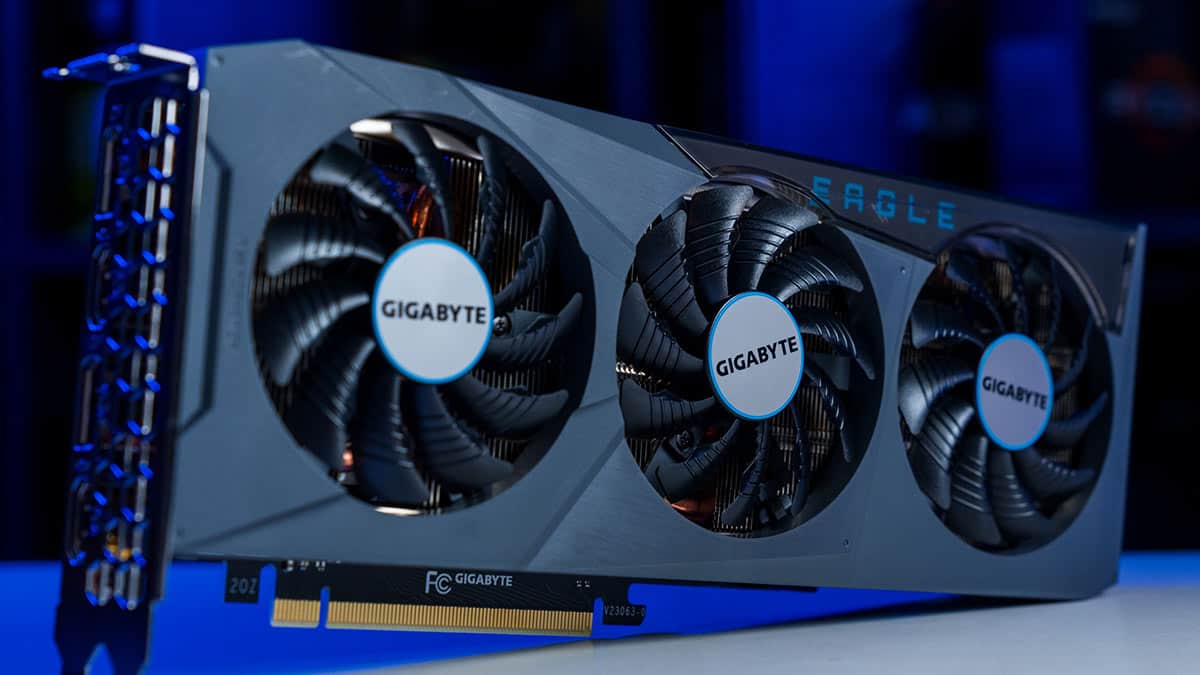
GPU
AD104
CUDA cores
5,888
VRAM
12GB GDDR6X
Bandwidth
504.2 GB/s
Memory bus width
192-bit
Base clock speed
1920 MHz
Boost clock speed
2505 MHz
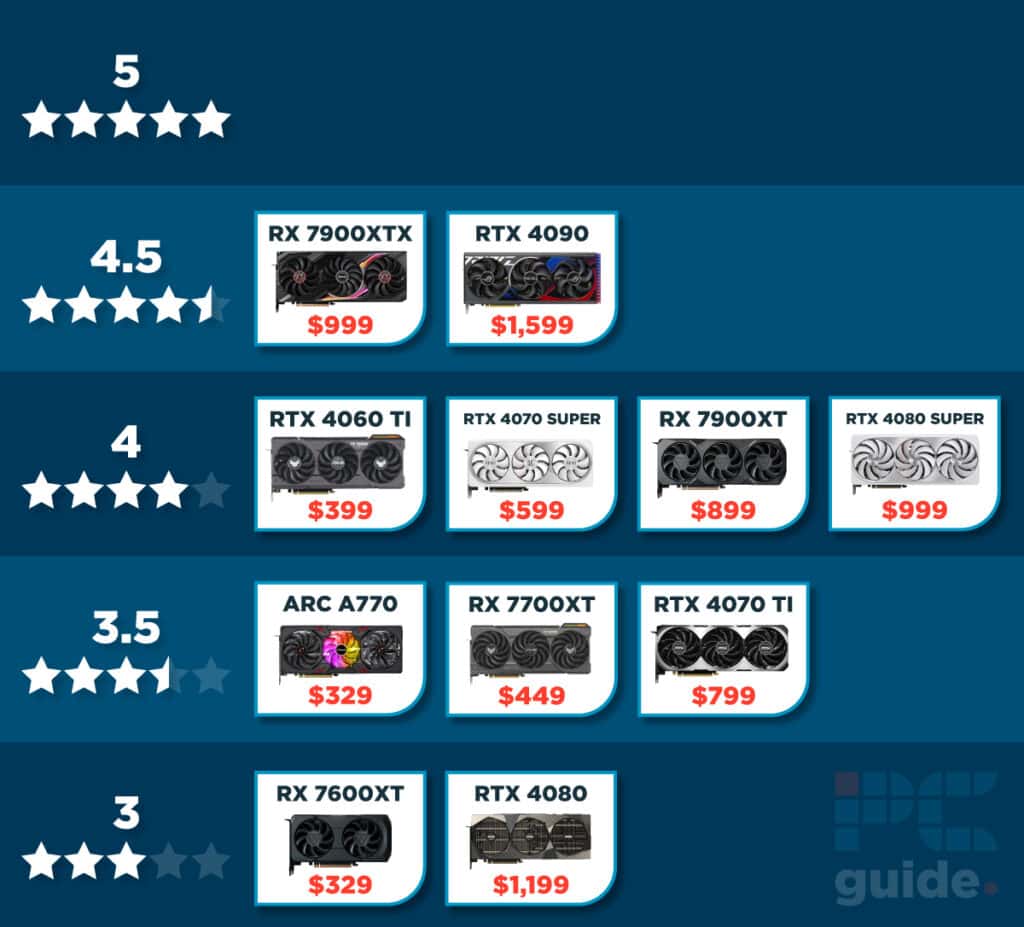
Is the RTX 4070 worth it?
Well the RTX 4070 is a strong contender 1440p gaming for sure. With efficiency, clear performance, and added (including DLSS) feature gains it’s a step up for anyone upgrading from a 3070 or lower. Although it doesn't quite hit smooth 4K gaming needs, it can achieve some 4K success on specific titles – meaning it’s a fairly flexible option.
The general 40 series pricing is high and this is still an issue for the 4070 too. A similar price to the older RTX 3080 level makes it tricky to recommend, but the 4070 does occupy some well-balanced ground. However, with the RTX 4070 Super release, you could potentially go where your budget dictates Gigabyte’s own Eagle provides a fine solution all around as an RTX 4070 card. Its cooling, simple design, and slimmer, smaller, form factor, do make it a fine choice should you decide a 4070 is right for you. There’s not much in terms of extras other than a few more MHz, and RGB is lacking, but it is a nice addition for a cleaner rig. It certainly keeps things cool in a compact package.

